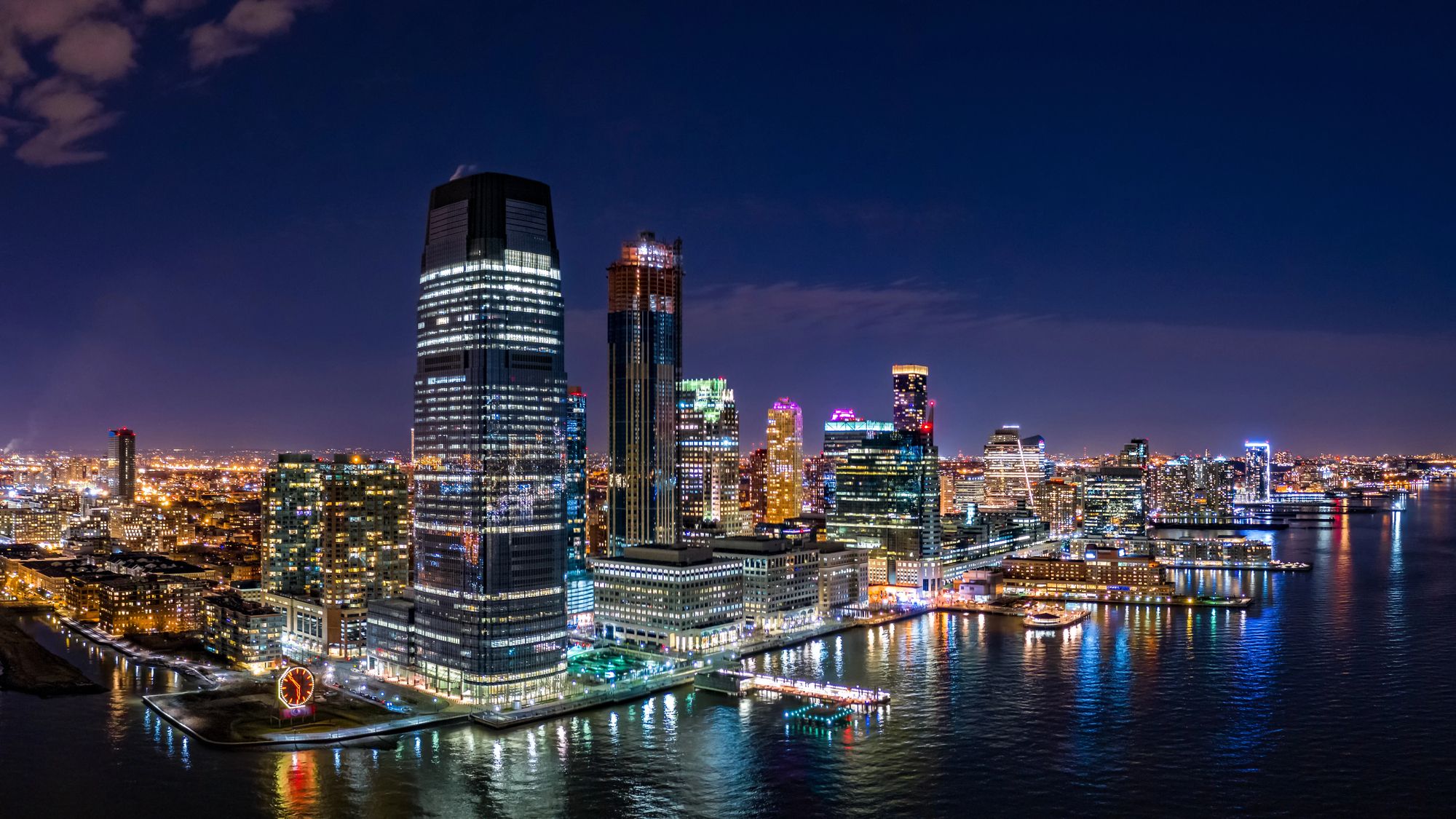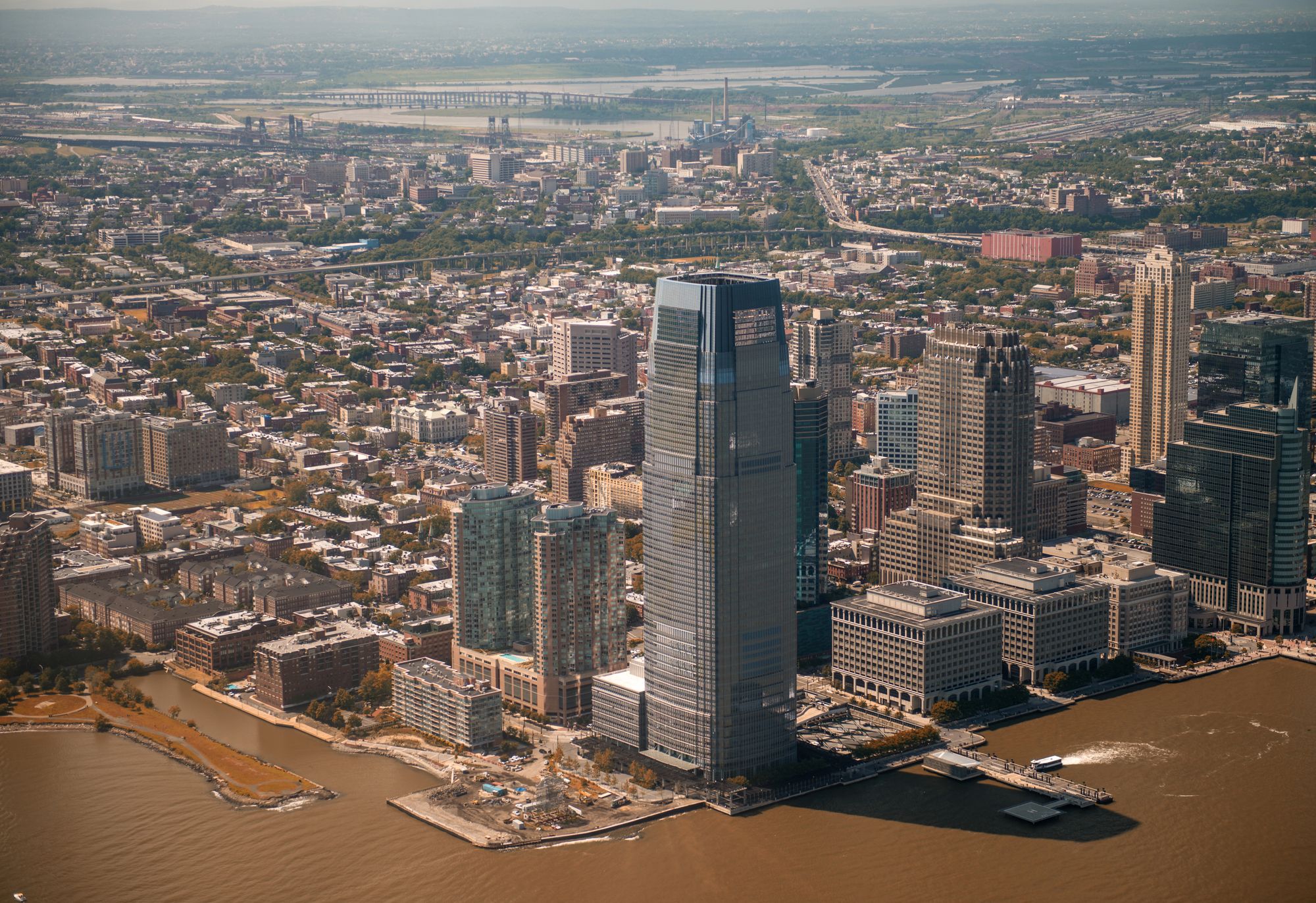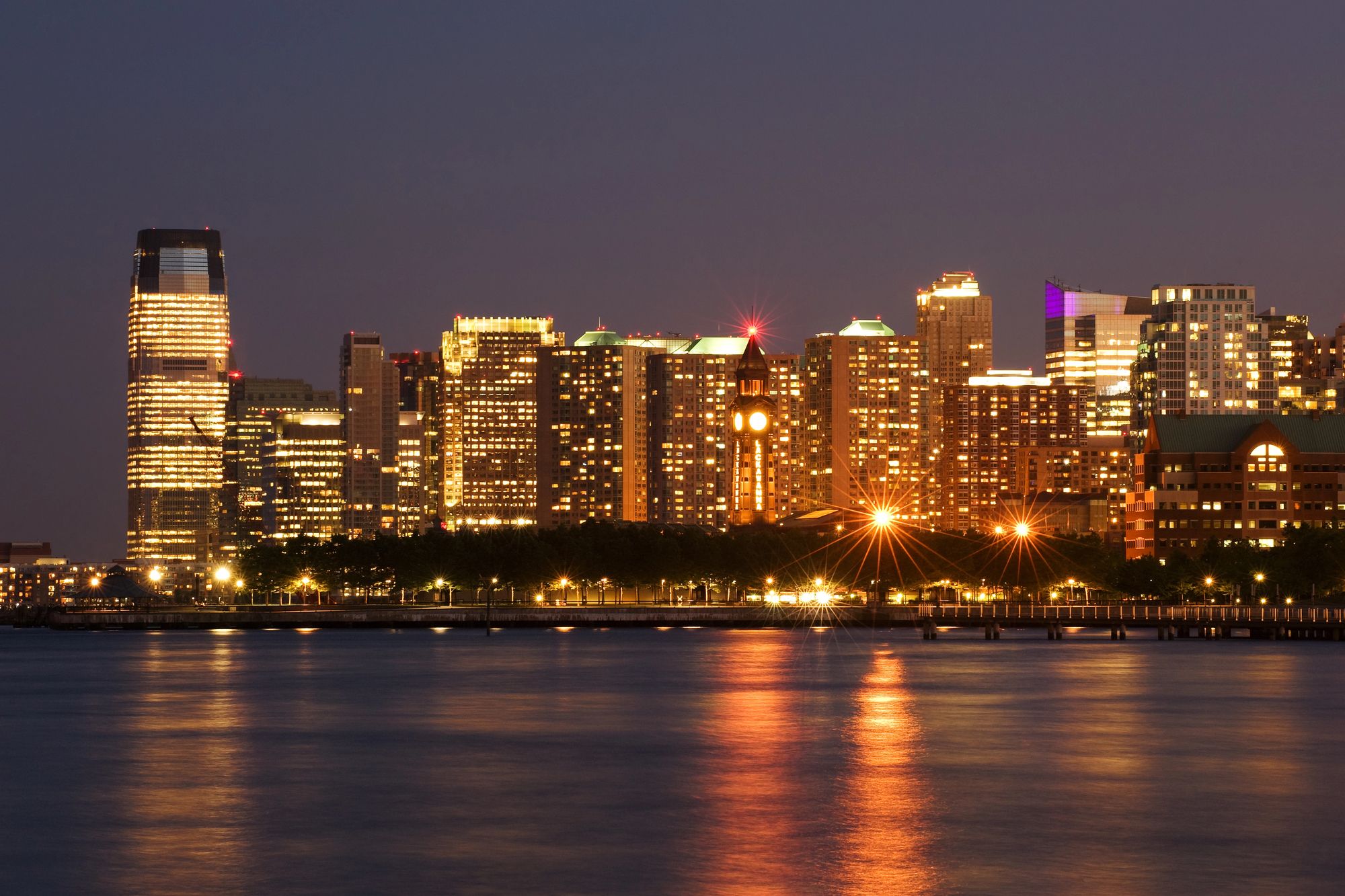Many travelers wonder about Jersey City‘s relationship to New York, and the answer isn’t as simple as you might think. Jersey City is not considered part of New York City, but it is included in the larger New York metropolitan area. This distinction matters when planning your visit to the region, as Jersey City offers its own unique character while providing easy access to Manhattan.
Just across the Hudson River from NYC, Jersey City gives you breathtaking views of Manhattan’s skyline while maintaining its own distinct identity. The city is officially part of New Jersey, not New York, but don’t let that fool you—it’s incredibly well-connected to Manhattan through PATH trains, ferries, and tunnels that can get you into the Big Apple in minutes.
Get a discount of 15% to 70% on accommodation in Jersey City! Look for deals here:
Jersey City Hotels, Apartments, B&Bs
The proximity to Manhattan makes Jersey City an attractive alternative for your stay when visiting the New York area. You’ll enjoy lower hotel rates and more space while still being able to hop over to NYC whenever you please. Plus, Jersey City itself offers plenty of attractions, from waterfront parks to diverse neighborhoods filled with excellent restaurants and cultural sites.
Geographical and Political Distinctions
Jersey City and New York City share close proximity but are separated by significant geographical and political boundaries that define their distinct identities.
Jersey City in the Context of New York Metropolitan Area
Jersey City is not part of New York City but sits within the broader New York Metropolitan Area. This region, officially known as the New York-Newark-Jersey City Metropolitan Statistical Area, encompasses parts of New York State, New Jersey, and Connecticut.
Located across the Hudson River from Manhattan, Jersey City serves as a crucial component of the metropolitan region. It belongs to Hudson County, New Jersey, not to any of the five boroughs of New York City (Manhattan, Brooklyn, The Bronx, Queens, and Staten Island).
The distinction dates back to 1664 when the British took over New Netherland and established the Province of New Jersey as separate from New York. Today, this historical separation remains evident in modern boundaries.
Despite being outside NYC proper, Jersey City offers spectacular views of the Manhattan skyline and maintains strong economic and cultural connections to the larger urban area.
Legal and Governmental Differences Between Jersey City and New York City
Jersey City operates under New Jersey state laws, while New York City functions under New York State legislation. This creates fundamental differences in:
Governance Structure:
- Jersey City: Mayor-council form of government
- NYC: Mayor and city council with five borough presidents
Tax Systems:
- Different income tax rates
- Separate sales tax structures
- Unique property tax assessments
The Hudson River not only creates a physical boundary but also marks the state line between New Jersey and New York. This means residents of Jersey City vote in New Jersey elections, follow NJ state regulations, and receive different public services.
Transit systems like PATH trains and ferries connect the cities but operate under different authorities. When you visit Jersey City, you’re experiencing a distinct municipality with its own local identity, despite its close integration with the Greater New York urban landscape.
Cultural and Economic Connectivity
Jersey City and New York City share deep ties that go beyond geography. Their relationship has created a unique blend of cultural exchange and economic interdependence that shapes daily life for residents on both sides of the Hudson River.
Transport and Commuter Dynamics
The PATH train system forms the backbone of Jersey City-NYC connectivity, whisking commuters between the two cities in under 15 minutes. Every weekday, thousands of Jersey City residents rely on the Port Authority Trans-Hudson to reach Manhattan for work.
The Holland Tunnel provides a crucial road link, though many locals prefer public transportation to avoid traffic congestion. This ease of movement has earned Jersey City its nickname as NYC’s “Sixth Borough.”
Transit options are extensive. You can hop on ferries at multiple points along the Jersey City waterfront for a scenic commute to Lower Manhattan or Midtown. Bus services complement these options, creating a transportation web that makes living in Jersey City while working in NYC entirely practical.
Economic Interrelations and Identity
Financial relationships between Jersey City and NYC run deep. Many Wall Street firms have established major operations in Jersey City, attracted by lower costs and tax incentives while maintaining proximity to Manhattan.
Jersey City’s economic identity has evolved from merely NYC’s neighbor to a powerhouse in its own right. The city contributes significantly to the metropolitan region’s impressive Gross Metropolitan Product, which ranks among the world’s largest economies.
This financial migration has transformed Jersey City’s skyline and culture. You’ll find a growing restaurant scene, art galleries, and cultural venues that rival those across the river but with their own Jersey flavor.
Get a discount of 15% to 70% on accommodation in Jersey City! Look for deals here:
Jersey City Hotels, Apartments, B&Bs
Many residents describe a dual identity—connected to NYC’s energy and opportunities while appreciating Jersey City’s more relaxed pace and diverse neighborhoods. This cultural exchange flows both ways, with Jersey City’s vibrant immigrant communities enriching the broader regional culture.




